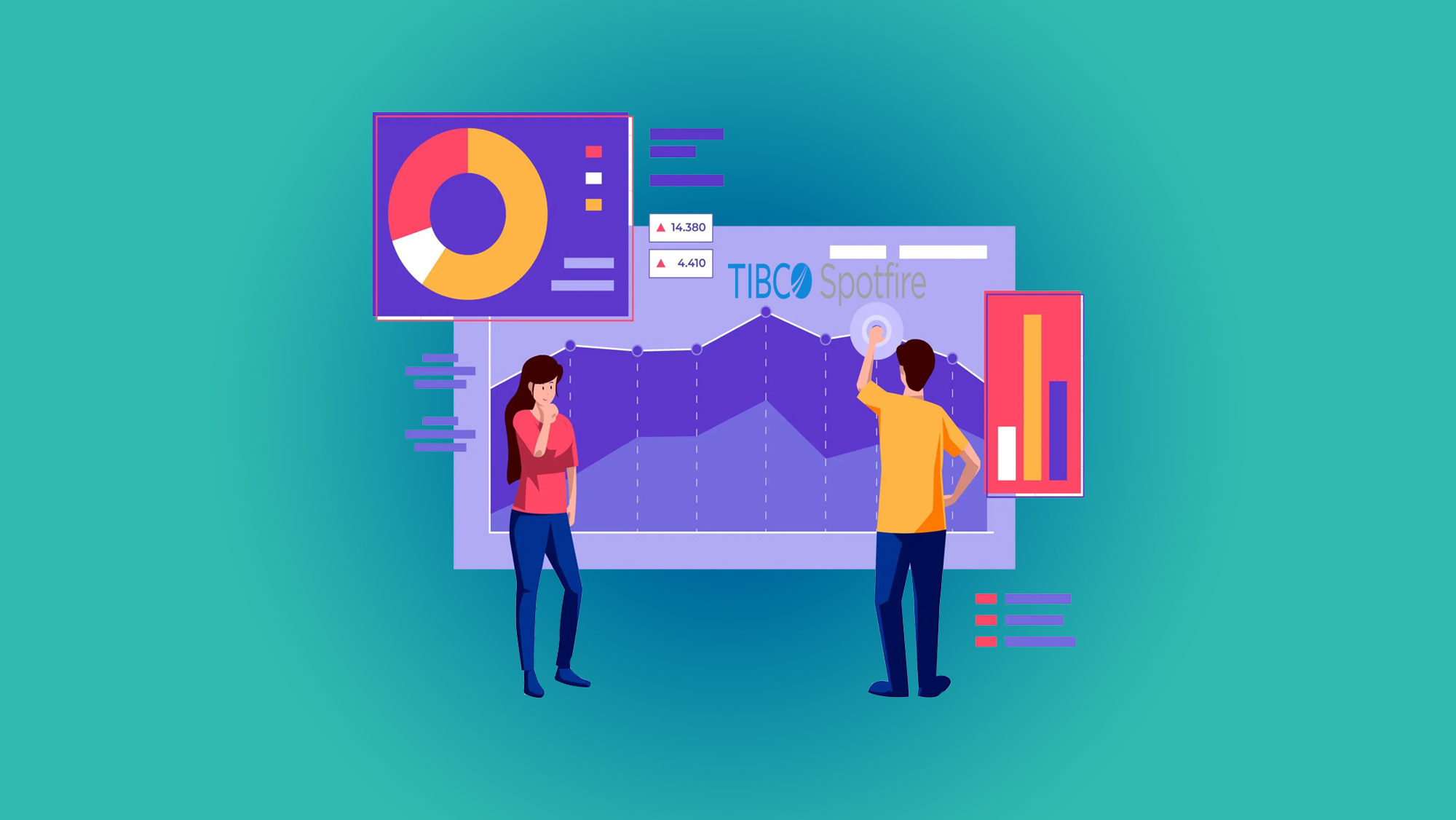Unleashing Agility: Exploring the Power of Microservices Architecture
Introduction:
In today's rapidly evolving technological landscape, organizations are adopting microservices architecture to achieve agility, scalability, and resilience in their applications. This blog dives deep into the power of microservices architecture, uncovering its key benefits, principles, and real-world implementation strategies.
1. Understanding Microservices Architecture:
The blog starts by providing a comprehensive overview of microservices architecture, explaining its core principles and how it differs from traditional monolithic architectures. It highlights the modular and decentralized nature of microservices, enabling independent development, deployment, and scalability of individual services.
2. Benefits of Microservices Architecture:
This section explores the significant benefits that microservices architecture offers. It discusses how microservices enable rapid development, scalability, fault isolation, and seamless integration with other systems. The blog also touches upon improved team collaboration, faster time-to-market, and easier technology stack adoption.
3. Design Principles of Microservices:
Here, the blog delves into the design principles that underpin microservices architecture. It covers topics like service autonomy, bounded contexts, API design, event-driven communication, and containerization. It emphasizes the importance of loose coupling, high cohesion, and decentralized governance in achieving agility and scalability.
4. Implementing Microservices:
The blog provides practical insights into implementing microservices in real-world scenarios. It discusses strategies for service discovery, communication patterns, data management, and fault tolerance. It also explores containerization technologies like Docker and Kubernetes that facilitate efficient deployment and scaling of microservices.
5. Challenges and Considerations:
This section addresses the challenges associated with microservices architecture and offers solutions to overcome them. It covers topics such as service orchestration, distributed data management, testing, and monitoring. The blog also emphasizes the need for effective DevOps practices to support continuous integration and deployment in a microservices environment.
6. Real-world Use Cases:
The blog concludes by showcasing real-world examples of organizations that have successfully adopted microservices architecture. It highlights the agility, scalability, and resilience achieved by these organizations, along with the business outcomes they have realized. The use cases cover various industries such as e-commerce, finance, healthcare, and more.
Conclusion:
Unleashing agility through microservices architecture can transform the way organizations design, develop, and deploy applications. By embracing the power of microservices, businesses can achieve scalability, resilience, and faster time-to-market. This blog serves as a comprehensive guide, equipping readers with the knowledge and insights needed to explore and leverage the potential of microservices architecture in their own projects.
You May Also Like
These Related Stories

From Data to Action: Harnessing the Potential of Microsoft BI Training

Empowering Decision-Makers: The Impact of MicroStrategy Training




No Comments Yet
Let us know what you think